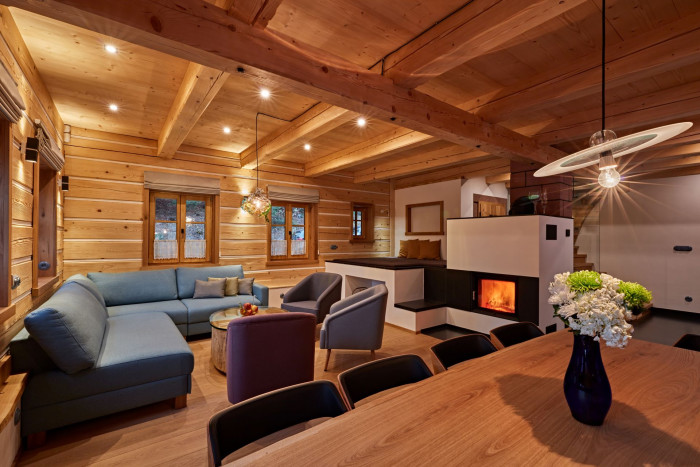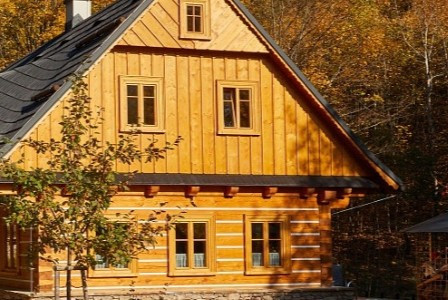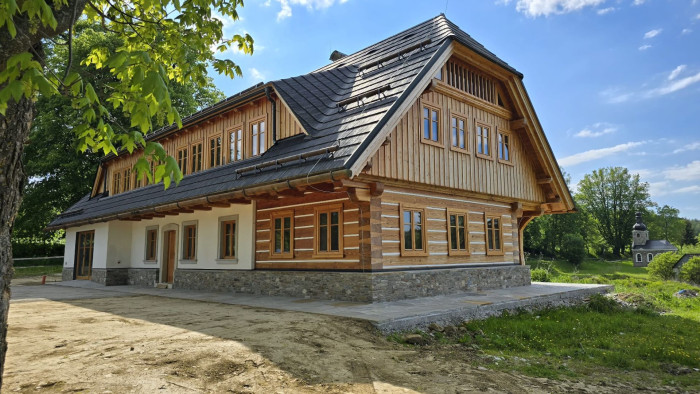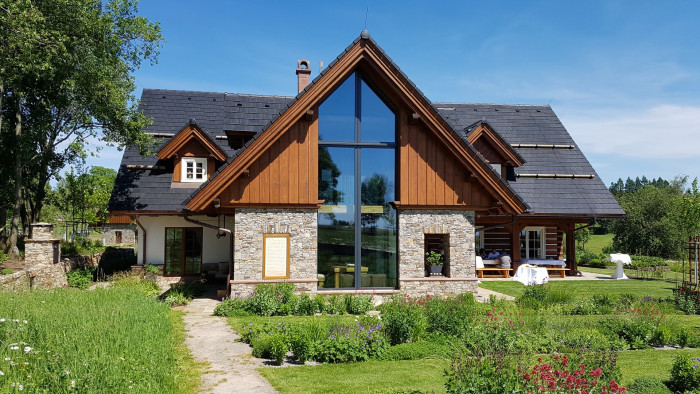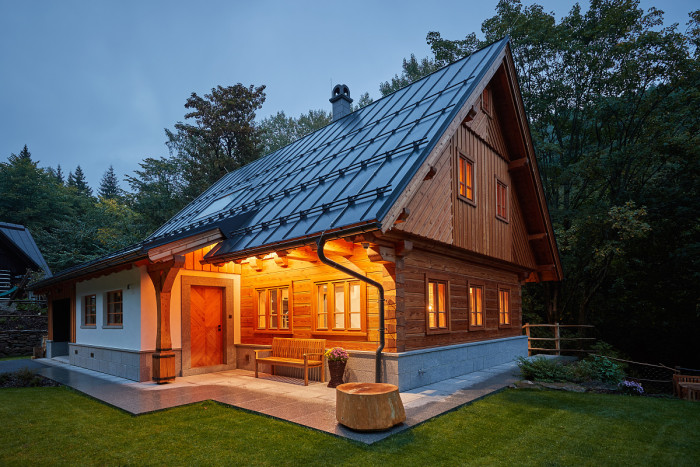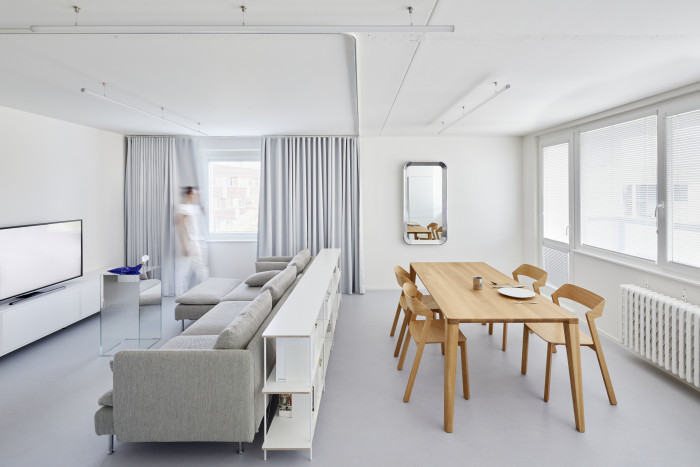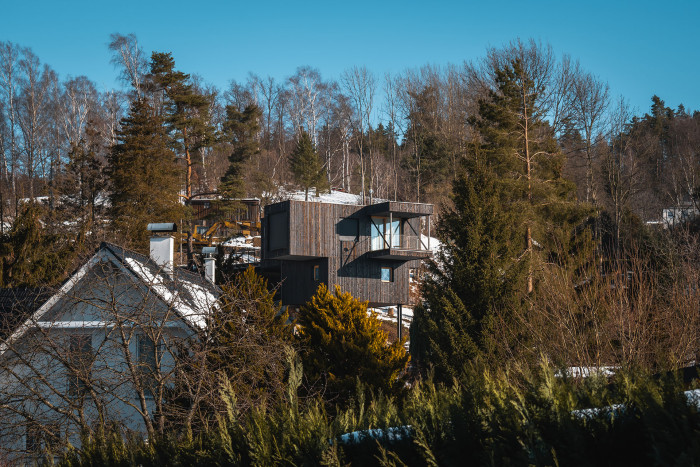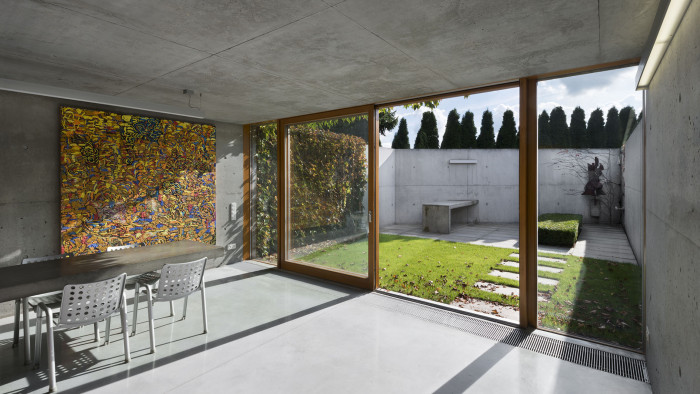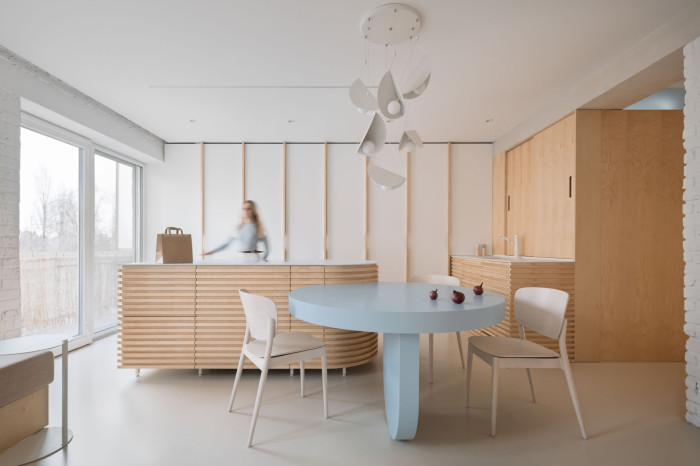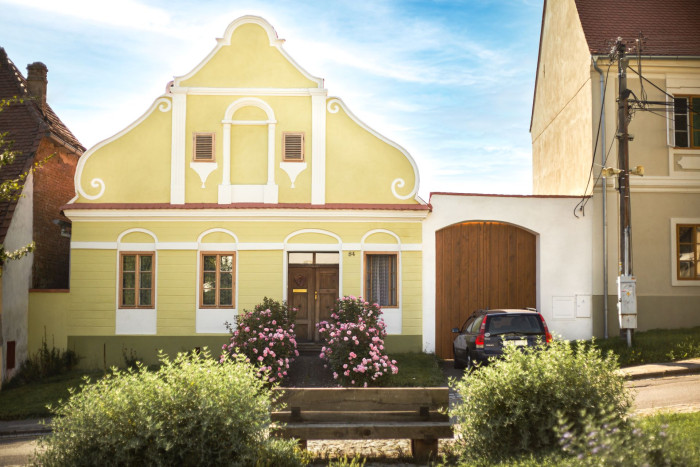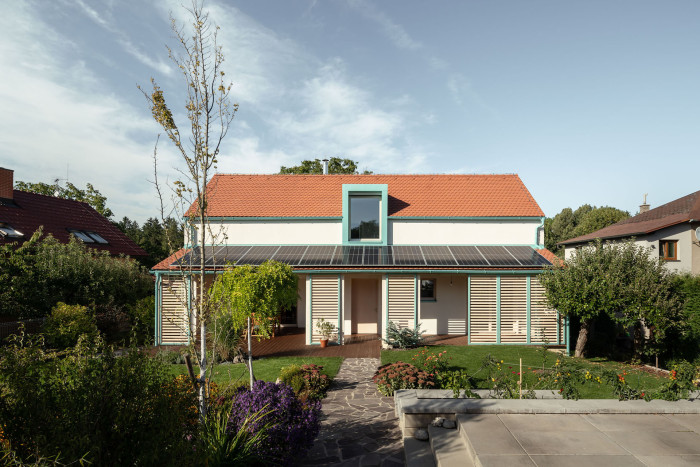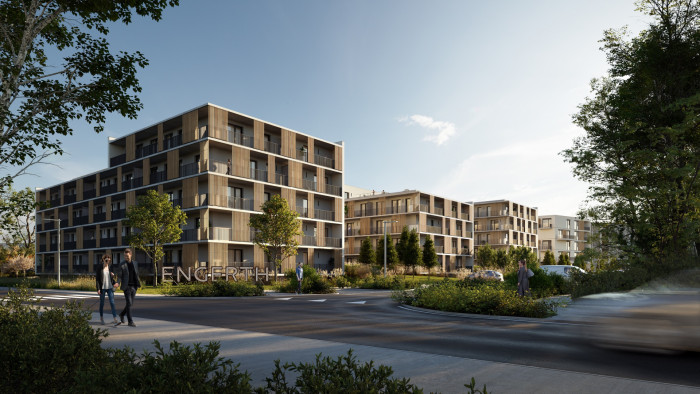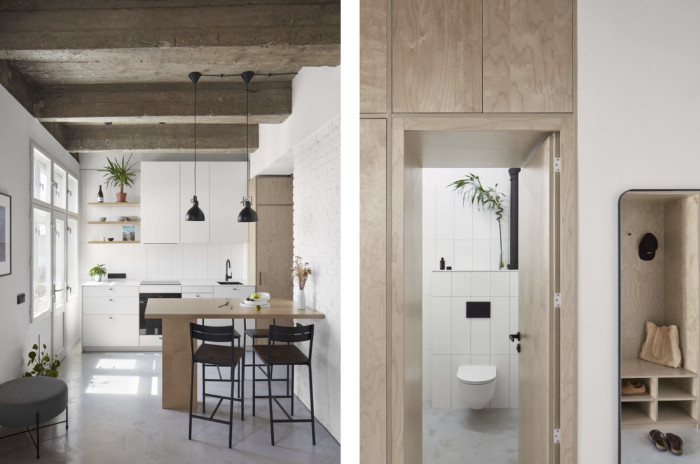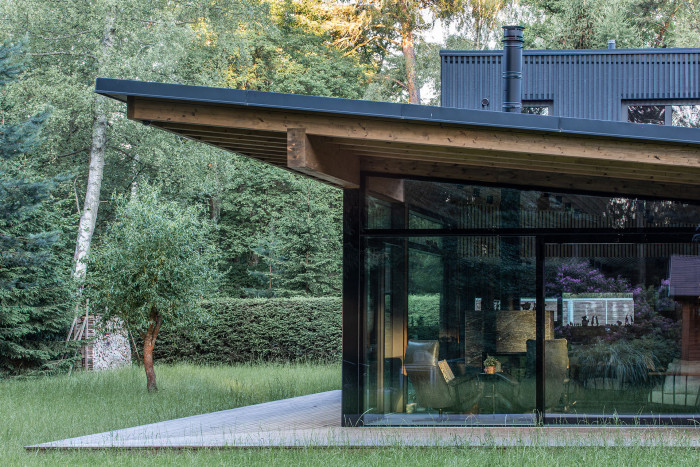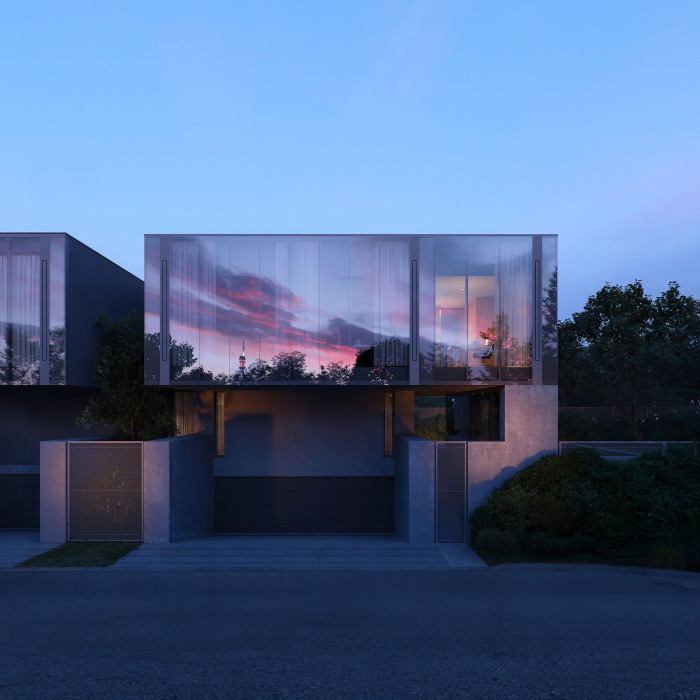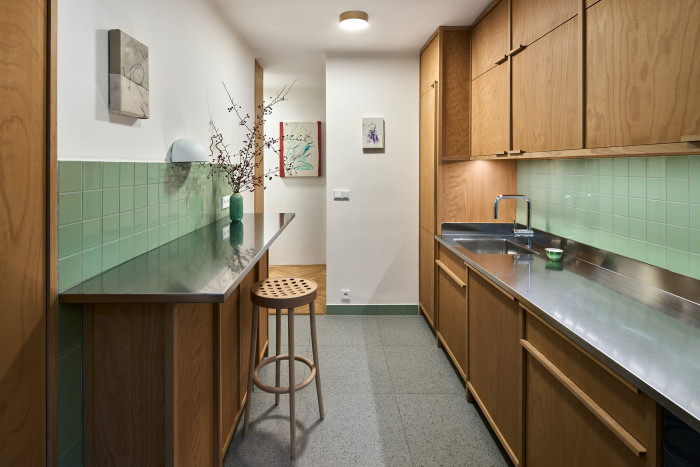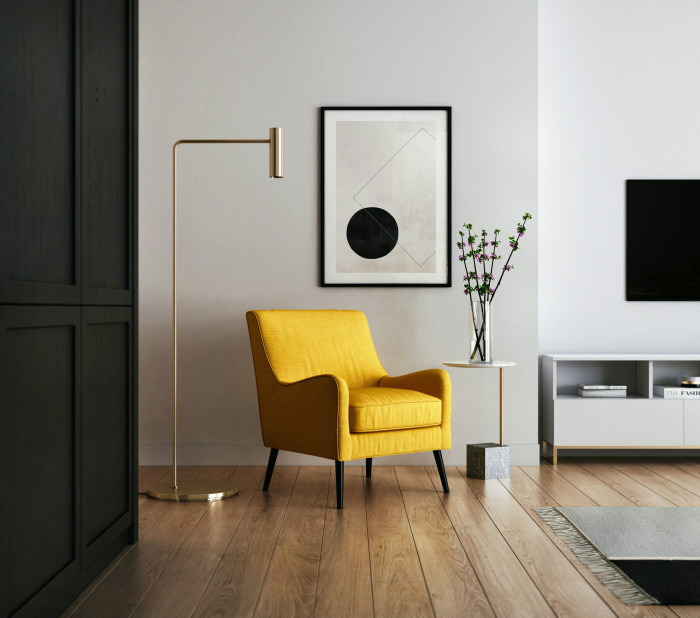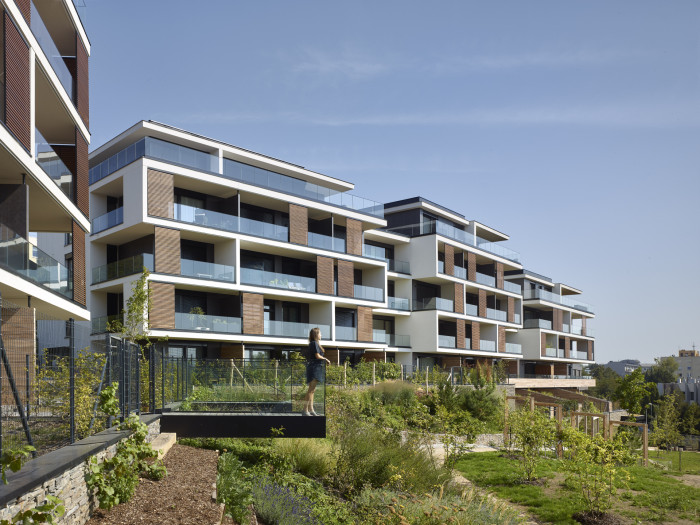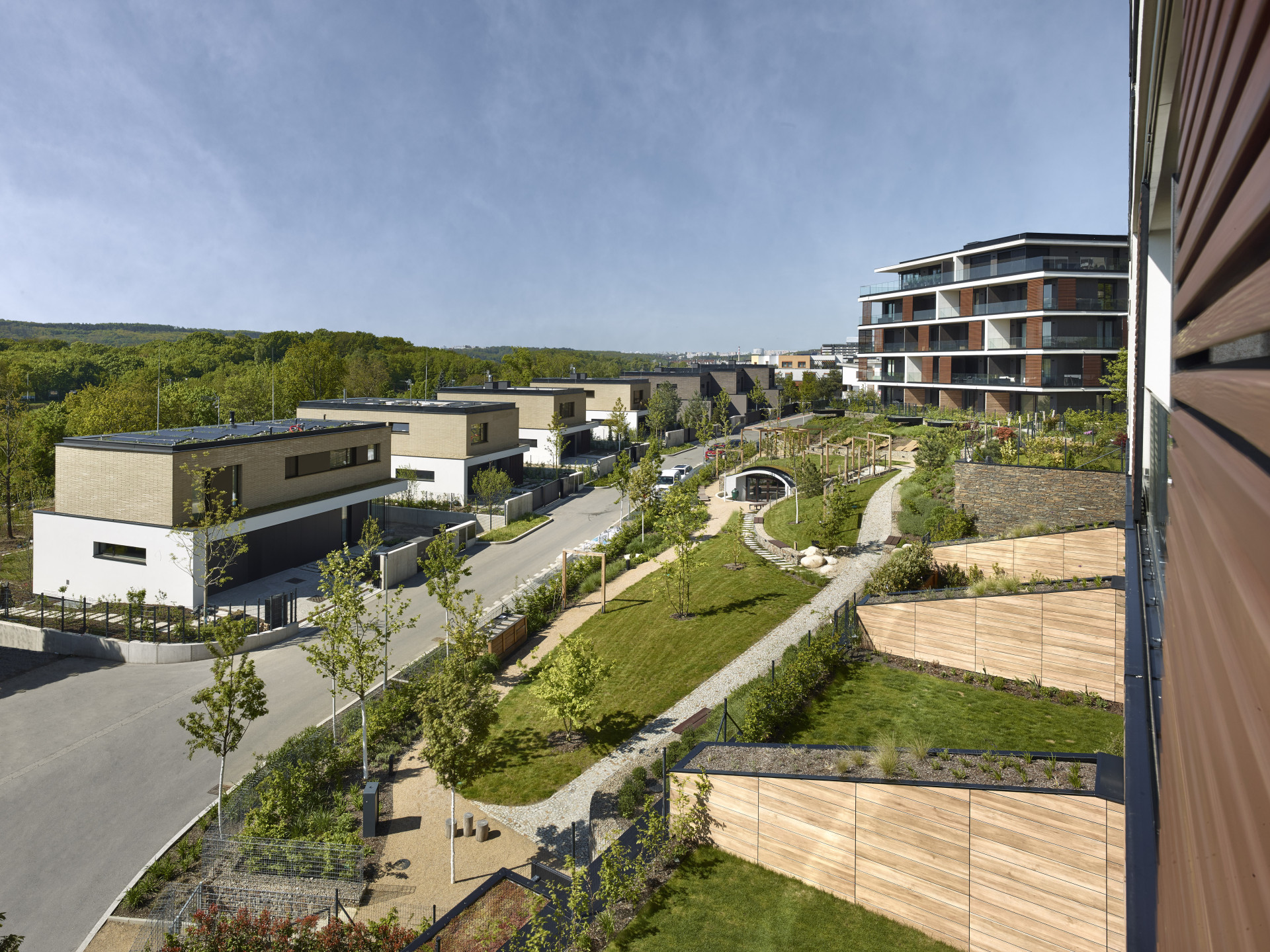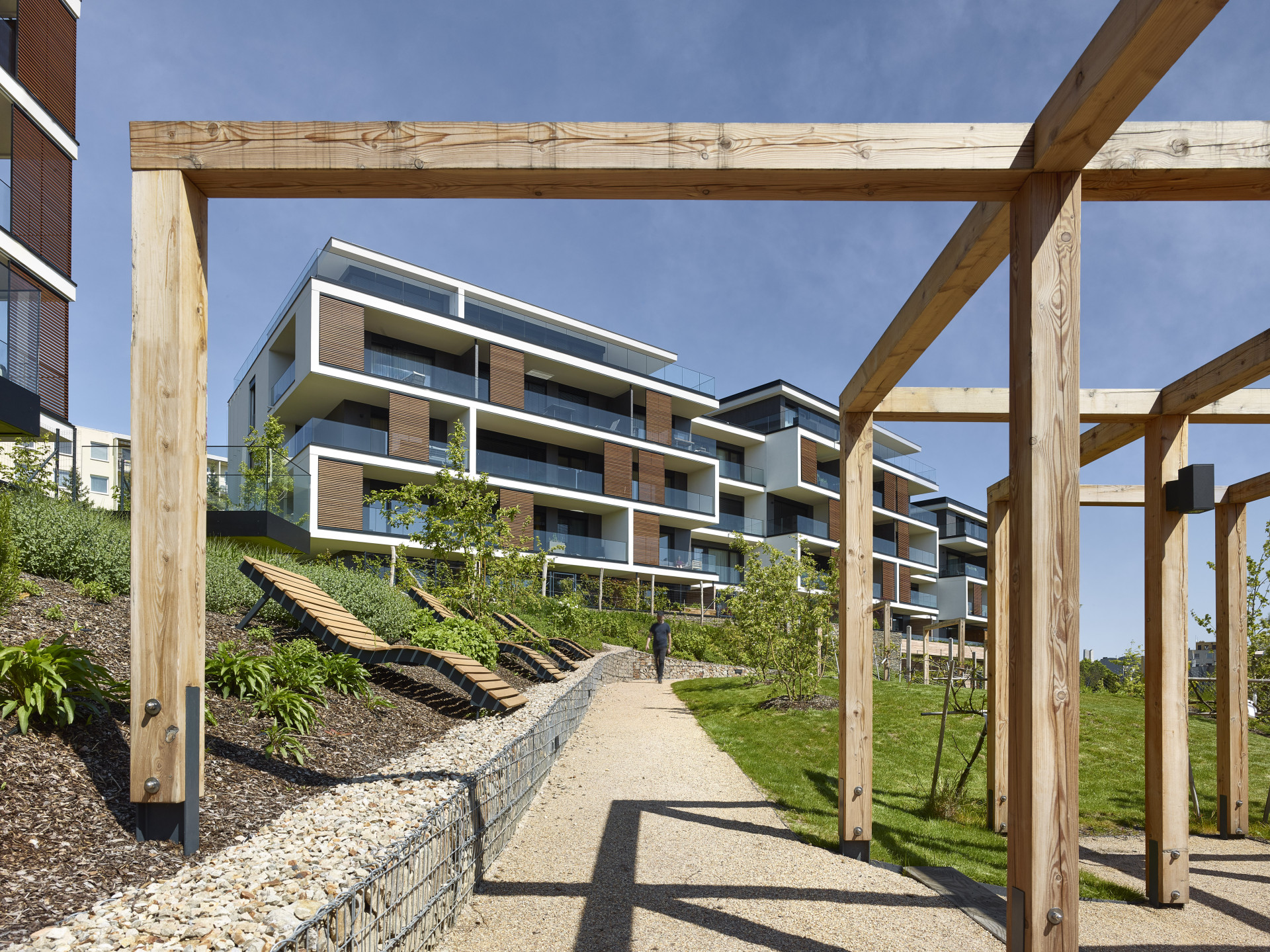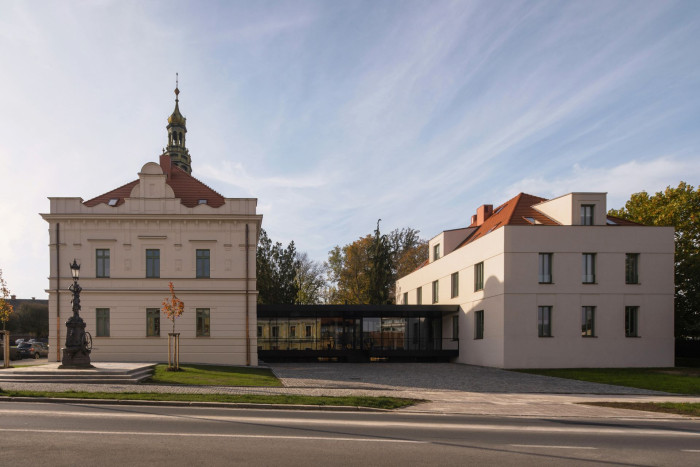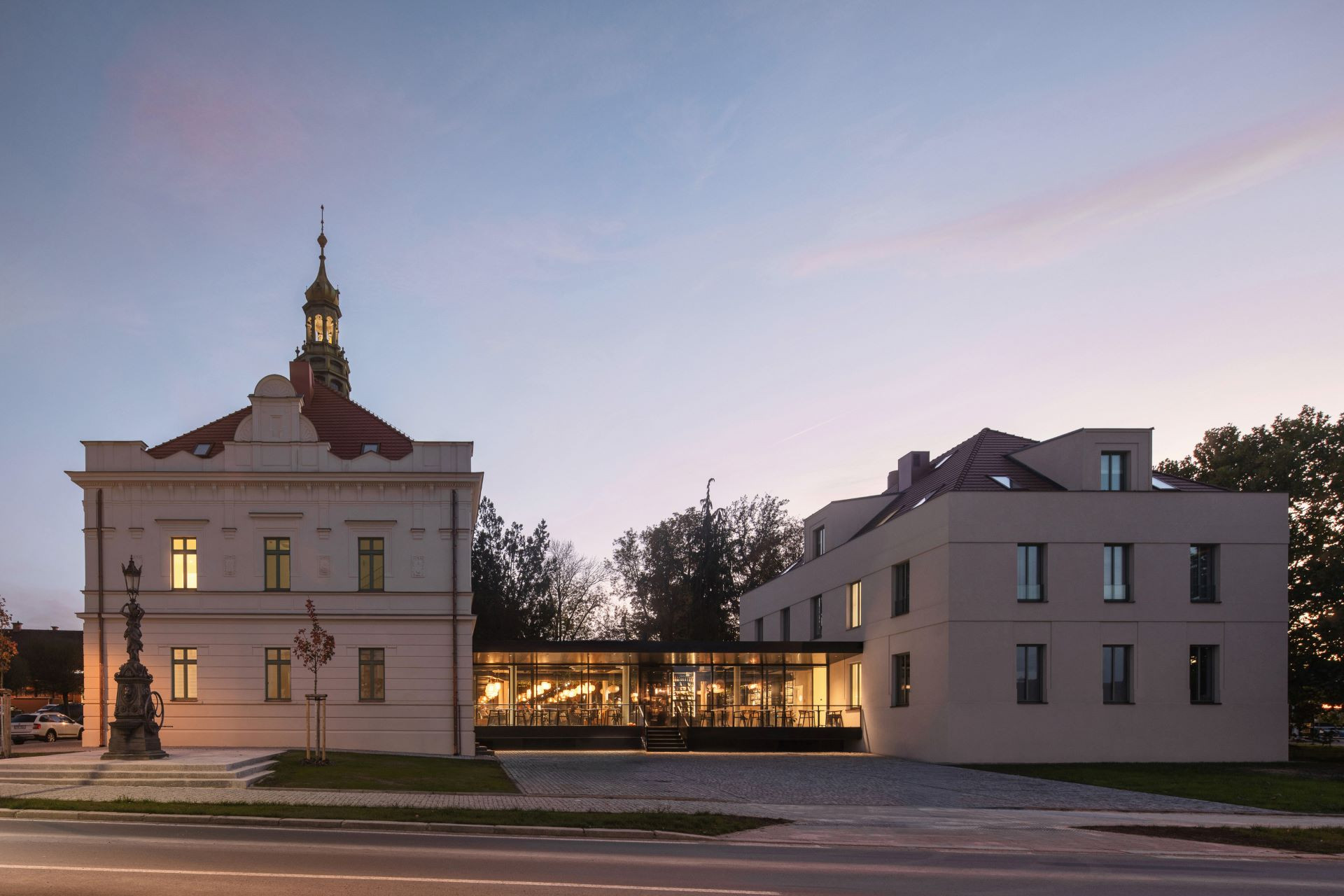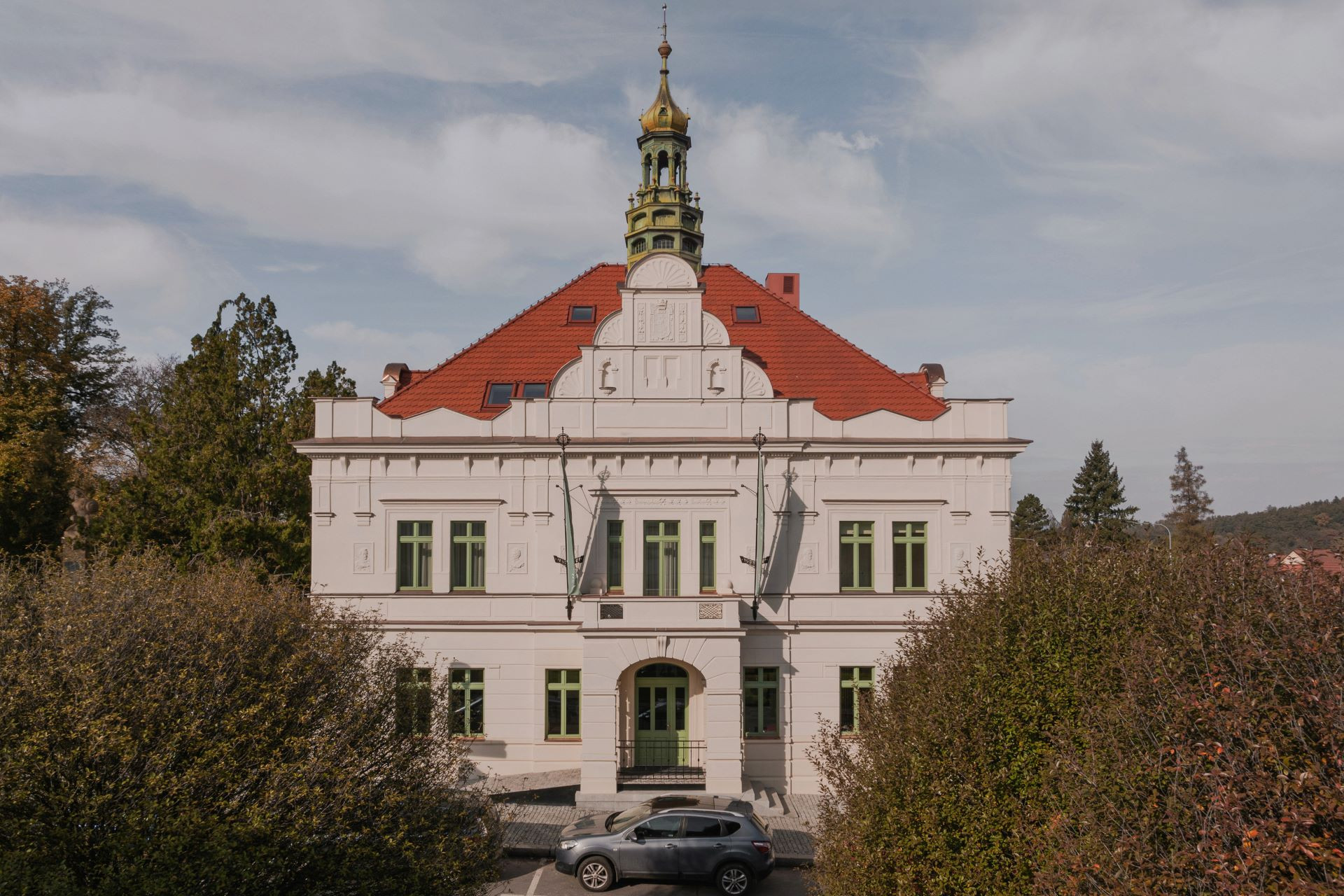Gyre seascraper | Otáčivý moředrap
Gyre rozvíjí eko-turistiku takovým způsobem, že umožní turistům i vědcům poznat nejméně poznané prostředí na naší planetě - oceán.
EARCH.CZ , 15. 3. 2010
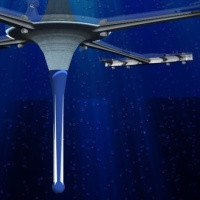
Středová část projektu je z dvouvsrstevnaté spirály z vyztuženého skla. Patra ve tvaru prstence mají plochu od 30 000 m2 nahoře do 600 m2 dole. Nakloněná rovina obtáčející prstenec od vrchu dolů slouží jako vertikálnía diagonální komunikace mezi patry. Celková plocha pater, paprskovitých ramen a bariér činí zhruba 212 000 m2 (přibližně 40 fotbalových hřišť). Horní patro Gyreových paprskovitých ramen slouží jako komunikace pro pěší, v dolním patře je naopak transpotní systém, který umožňuje dostat se do vnějších ochranných bariér. Bariéry vytváří uzavřený záliv a přístav o průměru 1,25 km umožňující kotvení největších zaoceánských lodí.
Kromě využití vertikální osy větrnými turbínami je elektřina vyráběna solárními panely. Jsou zde použity dva typy solárních panelů: za prvé, poloprůhledné solární okna na venkovní straně a ve vnitřku Spirály; za druhé, sklo se zdobným potiskem ze solárních článků, mezi kterými jsou mezery, aby vytvářely stín – poslouží jako pergola nebo pokrytí střechy. Nadto slouží k výrobě elektřiny podvodní gondoly jako přílivový generátor během kotvení. Když je Gyre v v pohybu, poslouží gondoly jako pohonná jednotka. Celá sturktura dokáže odolávat podvodním tlakům a tahům díky výhodnému tvaru. Dešťová voda je sbírána ve vnitřní spirále a díky gravitaci se dostane do čističky v základu. Mechanické systémy a tanky na čerstvou vodu v případě nouze jsou umístěny v nejhlubší části celé struktury.
První dvě patra Gyreho spirály jsou určeny ke komunikaci, místním shromážděním, restauracím a komerčním prostorům. Střední patra jsou pro dlouho pobývající rezidenty, oceánografy, hotelové hosty a posádku – dohromady 2000 lidí. Nejnižší patra jsou určeny pro vědecké observatoře na oceánografický výzkum a Interpretační Centrum pro veřejný výzkum oceánských hloubek.
Gyre je struktura, která využívá oceánské proudy a vítry k ladné plavbě světovými oceány. Funguje jako rekreační resort, dopravní uzel, dopravní prostředek a vědecká observatoř, Gyre rozšiřuje sféru architektury za vzrušující a udržitelnou hranici.
design team
Keith Dewey - www.zigloo.ca Clayton Cowan - www.orangemodern.com Robert Jackovina - concept schematics specialist
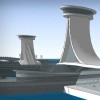
<figcaption><span>Foto: eArch </span></figcaption>
</figure></a>Paprskovitá ramena mají tři funkce:1) Konstrukční spojení mezi konstrukcí centrální spirály a vlnolamy. 2) Molo pro velké zaoceánské lodě. 3) Obrovské pěší molo/jednokolejka pro vítání návštěvníků a residentů.

<figcaption><span>Foto: eArch </span></figcaption>
</figure></a>Skleněná střecha konstrukce spirály přechází ve skleněnou zeď, která rozděluje vnitřní prostor spirály s čerstvou vodou od pobytové části uvnitř spirály. Dvě kontrolní věže monitorují oceánskou dopravu, počasí a pilotují Gyre na jeho cestách světovými oceány.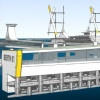
<figcaption><span>Foto: eArch </span></figcaption>
</figure></a>Vlnolamy tvoří maximální vnější obvod Gyreho. Jejich účelem je chránit zaoceánské lodě a jiná plavidla kotvící v Gyreu. Jsou na nich ukotvené větrné turbíny a přílivové generátory. Také zde najdete shromažďovací prostranství, obchody a občanskou vybavenost.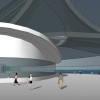
<figcaption><span>Foto: eArch </span></figcaption>
</figure></a>V nejvyšším patře Spirály se nachází atrium, kde mohou být další obchody, restaurace, zahrady a rekreační vybavenost pro kohokoli od rezidentů po návštěvníky.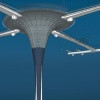
<figcaption><span>Foto: eArch </span></figcaption>
</figure></a>V nejnižších patrech spirály jsou apartmány a interpretační centra, odkud je privátní výhled na oceán.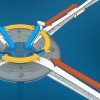
<figcaption><span>Foto: eArch </span></figcaption>
</figure></a>Pohyb mezi vlnolamy a Spirálou probíhá po parsčitých ramenech. Vertikální pohyb je díky nakloněné rovině – výtah diagonálně spojující kontrolní věže, veřejná místa, soukromé pokoje, vědecké laboratoře a mechanické systémy.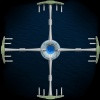
<figcaption><span>Foto: eArch </span></figcaption>
</figure></a> <a class="thickbox" title=" řez © Zigloo architecture" rel="rel5015" href="/UserFiles/image/2010/clanky/5015/keith_dewey_gyre_seascraper_pud2.jpg"><figure class="ck-articleImage">
<img src="https://www.earch.cz/storage/images/c0/c0784091-d056-4ede-a641-5c9899938645.full.jpg">
<figcaption><span>Foto: eArch </span></figcaption>
</figure></a> <a class="thickbox" title=" půdorys obytné buňky© Zigloo architecture" rel="rel5015" href="/UserFiles/image/2010/clanky/5015/keith_dewey_gyre_seascraper_pud3.jpg"><figure class="ck-articleImage">
<img src="https://www.earch.cz/storage/images/f6/f6356f83-2112-47a1-9497-878155344d68.full.jpg">
<figcaption><span>Foto: eArch </span></figcaption>
</figure></a> Keith Dewey, překlad Michal Čermák POZOR: Tuto středu 17. března budeme na E-ARCHIKTOVI publikovat rozhovor s Keithem Deweym o Zigloo Domestique a Gyre.
design team
Keith Dewey - zigloo.ca Clayton Cowan - orangemodern.com Robert Jackovina - concept schematics specialist
title
GYRE | ocean | wind
Gyre creates a new class of Eco-tourism by bringing scientists and vacationers together to understand what is the least known environment on our planet, the ocean. As much as a skyscraper is an economical method of reducing humankind's footprint on land, Gyre goes a step further by juxtaposing that footprint to the ocean, and is perhaps its greenest feature.Its unique design permits the simultaneous application of wind, solar, and tidal energy generation technologies thereby making it truly 'off-grid'. Peaking at a depth of 400m, its ample space provides for a comfortable living and working environment, including space for shops, restaurants, gardens, and recreation.
The center piece of the design features a double-hulled vortex with both hulls being clad in reinforced glass, where each of the floor levels are essentially a layering of concentric rings ranging in size from 30,000 sq.m. down to 600 sq.m. Inclinators riding along the inner structural ribs provide for vertical/diagonal transportation between floors. Total floor area of the entire structure (levels, radial arms, barriers) is approximately 212,000 sq.m. (or roughly 40 football fields). Gyre’s radial arms feature a pedestrian upper level and a transit system on the lower level to access to the outer protective barriers. The barriers create an inner harbor and port of approximately 1.25 km in diameter, accommodating the needs of even the world’s largest ships.
In addition to using vertical axis wind turbines, electrical energy is also collected by solar means. Two applications of solar glazing are used: the first, a semi-transparent solar window is used facing the open-air, inner vortex; the second, a glass with a printed array of solar cells spaced to create partial shading, is used as a solar pergola or roof material. Furthermore, underwater nacelle's function both as tidal generators when the structure is anchored and as thrusters for propulsion when Gyre is under way. The structure manages undersea pressures and stresses by virtue of its shape. Rainwater is harvested in the inner vortex and gravity fed to the water purification system at the base. Mechanical systems and emergency freshwater storage basins are in the deepest portion of the structure.
The first two levels of Gyre's vortex are dedicated to circulation, community gatherings, restaurants and commerce. Intermediate levels accommodate long-term residents, oceanic experts, hotel guests and crew quarters totaling as many as 2000 people. The deepest levels are dedicated to a scientific observatory for oceanographic research and an Interpretive Center for public discovery of the depths of the ocean.
Gyre (like it's namesake - the oceanic gyre) is a structure that utilizes ocean currents and wind to gracefully navigate the world's ocean environment. Resort destination, transportation hub, method of transport, and scientific observatory, Gyre expands the realm of architecture into an exciting and sustainable frontier.
Caption #1 The extension arms serve three purposes.
A structural connection between the Vortex structure and Breakwater barriers. A dock for large ocean liners to dock against Gyre. A grand pedestrian/monorail concourse welcoming visitors and residents.
Caption #2 The glass roof of the vortex structure blends into the glazed wall that makes up the interior vortex wall that separates the living spaces from the freshwater containment area. Two control towers monitor the ocean traffic, weather and pilot Gyre on its travels throughout the worlds oceans.
Caption #3 The breakwater barriers make up the extreme outer perimeter of Gyre. Their purpose is to provide a safe harbor for many ships and other vessels docking at Gyre. It also provides a staging area for the wind turbines and tidal generating nacelles below the surface. Public gathering areas, shops and services are also accommodated in these breakwater barriers.
Caption #4 At the top level of the Vortex is the atrium where space for shops, restaurants, gardens, and recreation can be shared by everyone living at and visiting Gyre.
Caption #5 From below the vortex structure exposes the private views of the ocean as seen from the suites and interpretive centre. The mechanical systems are all housed in the deepest portion of the vortex.
Caption #6 Circulation between the Breakwater and Vortex elements happens along the extension arms. The Vortex allows for the circulation between extension arms. Vertical circulation is through the "inclinators" - elevator like carriages move up and down as well as diagonally connecting the control towers, public spaces, private rooms, science labs and mechanical systems.




